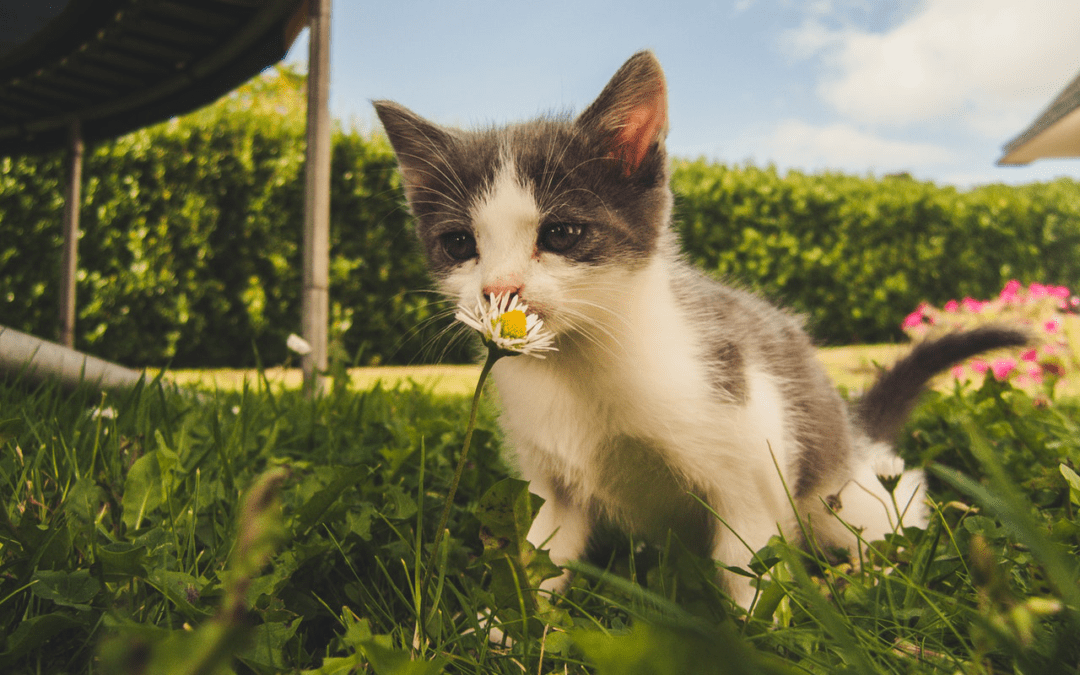We wanted to share some important information about pet microchipping with our readers in recognition of Chip Your Pet Month. Microchipping is a safe and simple procedure that helps ensure your pet can be reunited with you if they ever get lost. Read on to learn more about microchipping and how it can benefit your pet.
#1: Microchipping a pet is a simple process
Although your veterinarian can microchip your pet while they are under anesthesia for a procedure like a spay or neuter, sedation or anesthesia is not necessary for microchipping. A microchip is no bigger than a grain of rice, and is inserted just beneath the skin between your pet’s shoulder blades. The process is similar to administering a vaccination, although the needle is slightly larger.
#2: A microchip is more reliable than a collar identification tag
Does your pet seem as if they are always losing their collar ID tags? Although it might be a relief not to hear the jingling tags in the middle of the night, lost tags won’t do you any good if your pet goes missing. Worn or illegible tags are also common problems, which means collar ID tags are not the most reliable identification method. In contrast, a microchip is a permanent identification form. With no moving parts and nothing that requires power, a microchip will last the life of your pet. Simply remember to update your contact information as needed, and your pet will be linked to you throughout their lifetime.
#3: Microchipping causes minimal discomfort
While a pet may wince or yelp when a microchip is inserted, the process is no different than administering a vaccination. The discomfort is minimal and short-lived, and pets are generally forgiving when presented with a tasty treat and some snuggles after the quick injection.
Is your four-legged friend in need of a microchip to help ensure a happy reunion? Give us a call to schedule a microchipping appointment with our team.

